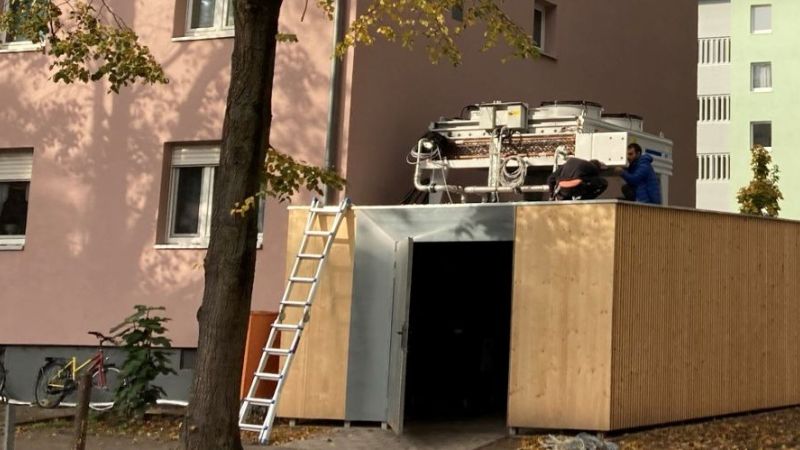 © Bergische Universität Wuppertal
© Bergische Universität Wuppertal
Primary data collection- non-residential construction
Data on the energy efficiency of non-residential buildings in Germany
This research project will systematically and comprehensively record non-residential buildings. In a step-by-step process, relevant data for modernisation such as the structure and condition of the buildings, their energy efficiency as well as influencing factors for decision-making processes will be surveyed. This will enable the non-residential building sector to be researched in a statistically robust and cost-effective manner. This therefore also provides a basis for regular monitoring that can be used to check during the further course and at a reasonable cost whether the energy and climate protection targets can also be achieved in the building sector.
For steering Germany’s energy transition, detailed information about the energy state, modernisation trends and effectiveness of the instruments used are also required in the building sector. In the “Building Stock Database” project, the Institute for Housing and the Environment (IWU) has demonstrated that such a database can be created for the residential building sector. The aim is now to achieve the same for the non-residential building sector, whose base population, in contrast to residential buildings, is not even roughly described by the official statistics.
Over previous decades, repeated attempts have already been made to close the gaps in knowledge about the quantity, structure and energy requirements of non-residential buildings. However, quantitative data on the quantity and area of the existing building stock was predominantly determined for subsectors, whereby both secondary statistical analyses as well as isolated, non-representative surveys were used. The methodological quality of these individual surveys does not enable, however, an unbiased extrapolation for all non-residential buildings in Germany in their entirety.
The “Non-residential buildings research database” project aims to answer various research questions by collecting primary data to record the structure and energy efficiency of non-residential buildings in Germany.
Research focus
Possible questions that can be addressed using the resulting research database include, for example:
What is the general structure of non-residential buildings (spatial distribution, building categories, building types, sectors, surface area, lifecycle duration, construction period, etc.)? And how does it change over time?
What are the thermal properties of the building envelope and the energy efficiency of the technical installations in existing non-residential buildings? Which energy efficiency and other modernisation processes run at what speed?
What is the actual consumption of fuel and electrical energy in existing non-residential buildings? How does this correlate with the calculated demand or with structural, technical and usage-related parameters?
What conclusions can be drawn from the past development of the non-residential building stock and the current modernisation dynamics in terms of what motivates actors when making investment decisions, and to what extent do these decisions depend on legal, economic and business conditions?
Based on geo-referenced building data digitally available nationwide in the form of official house footprints and coordinates in combination with other data sources, how can geo-informatics be combined with image processing and machine learning to draw conclusions about the existing building stock and structure of non-residential buildings in Germany?
Central idea, approach
For the first time in Germany, the non-residential building sector will be the subject of a representative primary data survey on the state and dynamics of its structural properties, energy efficiency and the decision-making processes during modernisation.
With this project, standard sampling methods will be combined with the new possibilities provided by geo-informatics based on geo-referenced house footprints.
Testing and application
The concept phase in the project will soon be completed. The survey tools for all three phases are available as prototypes.
The pilot phase has already begun for the screening. The screening of the pilot survey areas in North Rhine-Westphalia and Thuringia began in March 2017.
Theory meets practice: What is actually a non-residential building? And how does the definition work in practice when applied to random buildings? This is now being tested four thousand times over.















